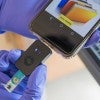
Chip simplifies COVID-19 testing, delivers results on a phone
Programmed magnetic nanobeads paired with an off-the-shelf cellphone and plug-in diagnostic tool can diagnose COVID-19 in 55 minutes or less.

Chip simplifies COVID-19 testing, delivers results on a phone
Programmed magnetic nanobeads paired with an off-the-shelf cellphone and plug-in diagnostic tool can diagnose COVID-19 in 55 minutes or less.

Theory could accelerate push for spintronic devices
A theory by Rice scientists could boost spintronics, a key to creating faster and more powerful electronic devices, including quantum computers.

Rice's Yingyan Lin receives NSF CAREER Award
Rice engineer Yingyan Lin has won a National Science CAREER Award to help close the gap between fast “deep learning” algorithm advances and slow accelerator development.
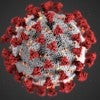
DARPA backs Rice sensor to detect COVID-19 virus in air
Researchers receive funding for up to $1 million to develop a real-time electronic sensor able to detect minute amounts of the airborne virus that causes COVID-19 infection.
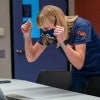
Be there with Martian geologist Kirsten Siebach as the Perseverance rover lands on Mars.

Laura Segatori named AIMBE fellow
Rice bioengineer Laura Segatori has been named a fellow of the American Institute for Medical and Biological Engineering.

Haotian Wang named Sloan Research Fellow
Rice University chemical and biomolecular engineer Haotian Wang has been selected as a 2021 Alfred P. Sloan Research Fellow.

Junghae Suh named AIMBE fellow
Rice bioengineer Junghae Suh has been named a fellow of the American Institute for Medical and Biological Engineering.
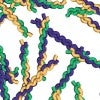
Collagen structures get the royal reveal
An algorithm by Rice University scientists predicts the structures and melting temperatures of collagen, the triple helix that accounts for about a third of the body’s proteins and forms the fibrous glue in skin, bones, muscles, tendons and ligaments.

Luminescent windows generate energy from inside and out
Rice engineers design and build windowpanes that redirect sunlight or illumination from indoors to edge-band solar cells.

Mars geologist available to discuss Perseverance
Kirsten Siebach, a Martian geologist at Rice University, is available to speak with the media before NASA’s next Mars rover, Perseverance, lands on Feb. 18.
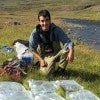
Mark Torres wins Geochemical Society’s Clarke Award
Mark Torres with water samples collected from Iceland's Efri Haukadalsá River in 2016. (Photo by Woodward Fisher)
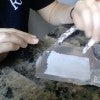
The game’s afoot in virtual chemistry lab
Members of Rice's Department of Chemistry put forth a video “choose-your-own-adventure” strategy to help undergraduate students conduct virtual experiments.

Restaurant recommendation system wins Rice Datathon
A restaurant recommendation system to support small Houston businesses during the pandemic wins this year’s Rice Datathon.
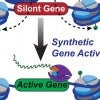
New CRISPR tech targets human genome’s complex code
Rice bioengineers harness the CRISPR/Cas9 system to program histones, the support proteins that wrap up and control human DNA, to manipulate gene activation and phosphorylation. The new technology enables innovative ways to find and manipulate genes and pathways responsible for diseases.